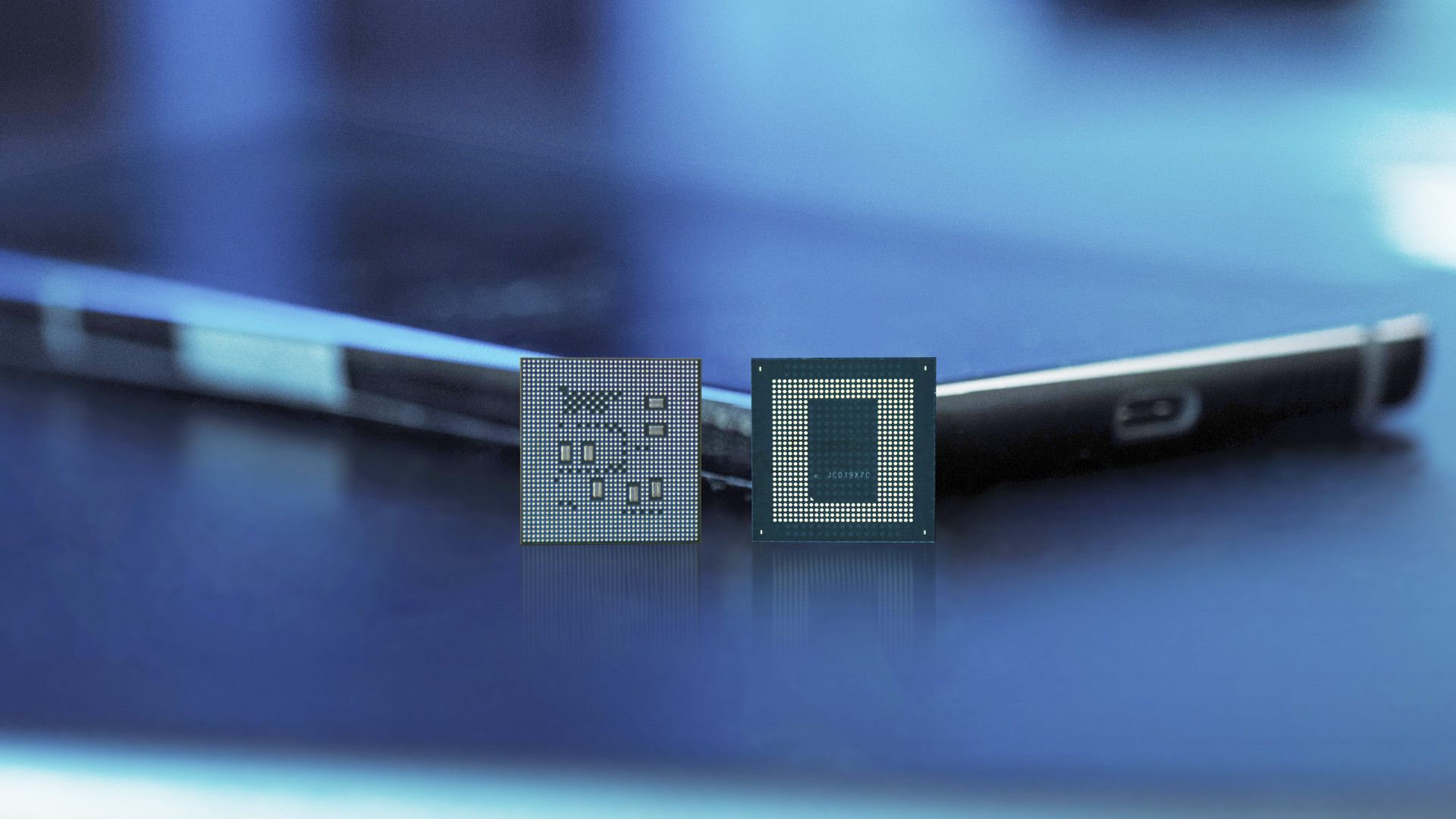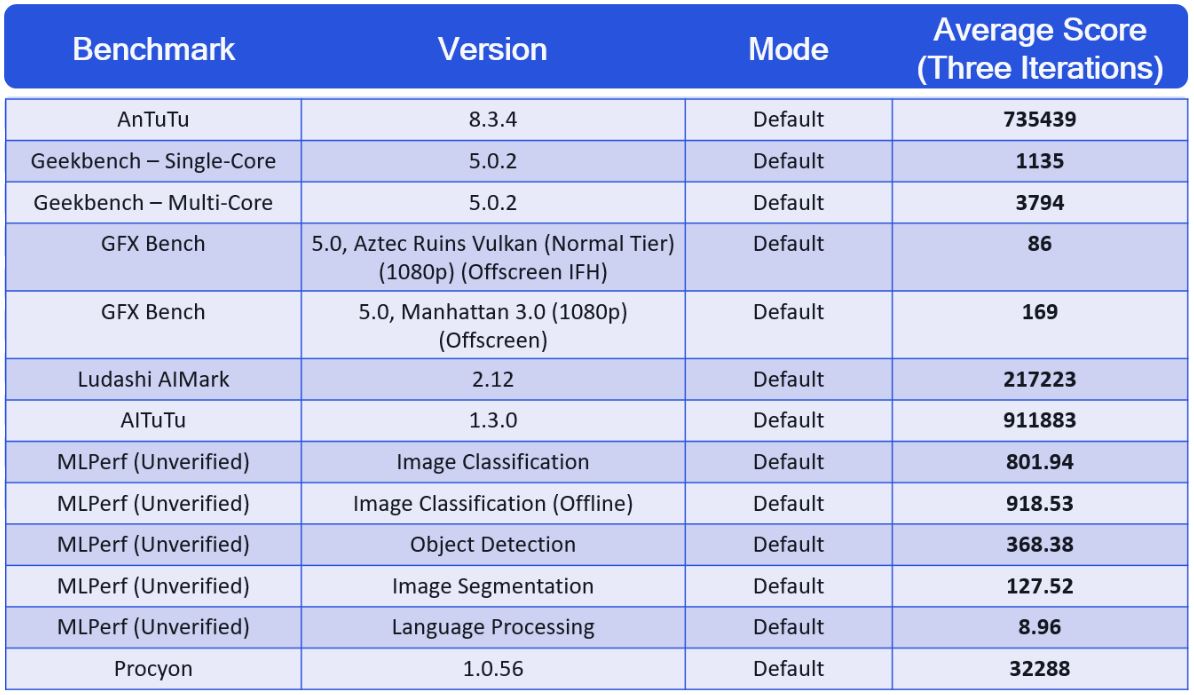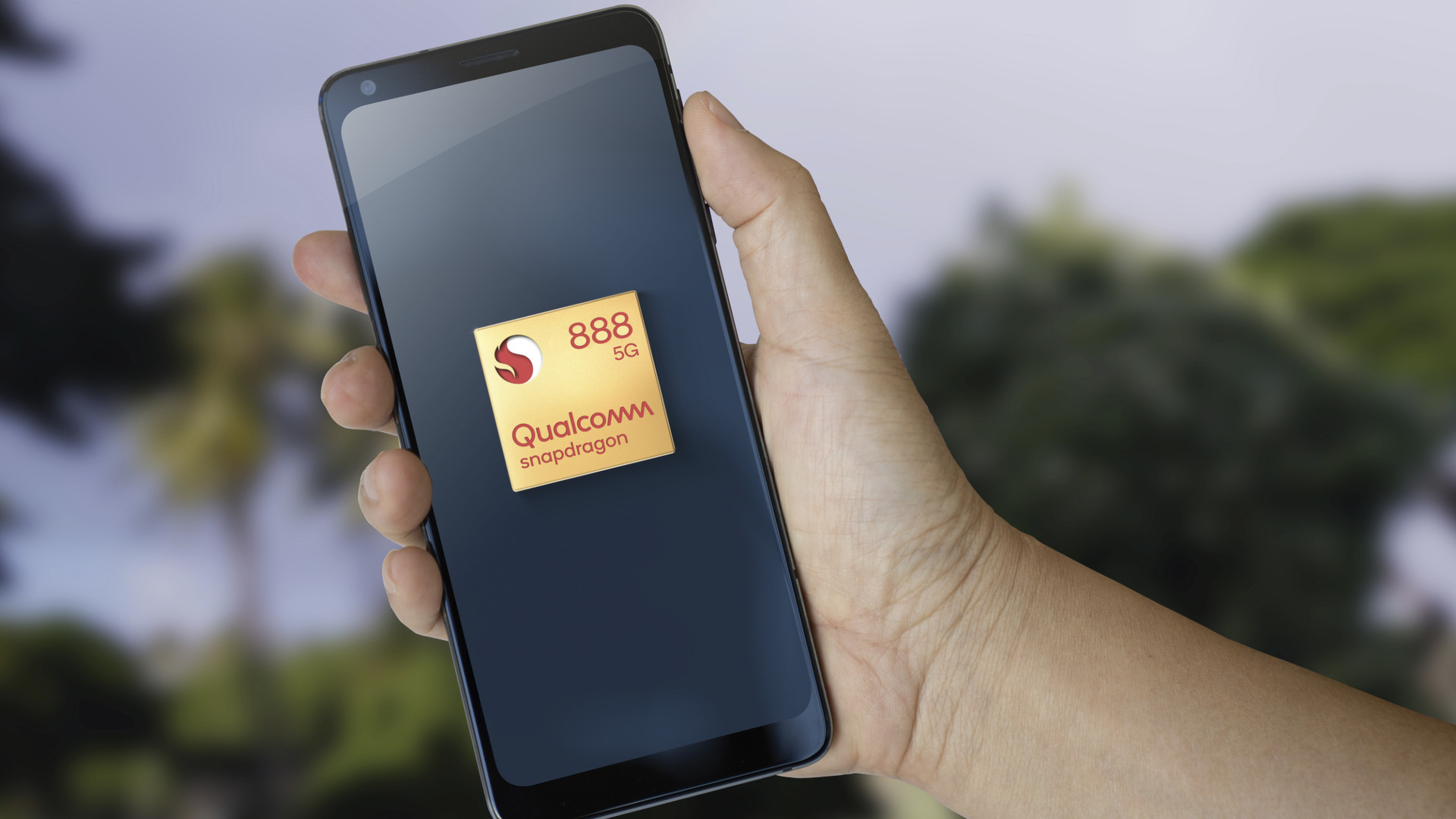Affiliate links on Android Authority may earn us a commission. Learn more.
Qualcomm benchmarks the Snapdragon 888, and it's fast

The first smartphones powered by Qualcomm’s cutting edge Snapdragon 888 mobile application processor aren’t set to arrive until the new year, but we now have a better picture of how these phones might perform. In lieu of getting hands on Qualcomm’s reference design handset (due to COVID-19, of course), the company has issued us with a set of its own Snapdragon 888 benchmarks.
As these numbers come directly from Qualcomm, we should treat them with a little skepticism. While we have no reason to believe Qualcomm is artificially inflating its scores (there is a video to showcase the benchmarks running), we obviously can’t verify the test conditions. It’s wise to treat these results as a best-case scenario. Retail handsets will almost certainly perform slightly differently.
For completeness, Qualcomm provided some specifications of its reference smartphone. The Snapdragon 888 is clocked as follows: 1x Cortex-X1 @ 2.84GHz, 3x Cortex-A78 @ 2.42GHz, and 4x Cortex-A55 @ 1.8GHz. So, no overclocking here. The SoC is paired up with 12GB LPDDR5 RAM and 512GB UFS storage. The display is a 120Hz 6.65-inch panel with a 2,340 x 1,080 resolution, so very high-end specs all around.
Read more: Qualcomm Snapdragon 888 deep dive: Everything you need to know
With that out of the way, let’s dive into the Snapdragon 888 benchmarks.
Qualcomm’s Snapdragon 888 benchmarks

Qualcomm has run the Snapdragon 888 reference phone through a few familiar general performance benchmarks, such as AnTuTu, as well as AI-specific benchmarks to showcase the chipsets machine learning capabilities. What we can say right off the bat is that the Snapdragon 888 is fast — very fast — at least in this reference form factor device.
The CPU results from GeekBench 5 reveals a notable improvement over last year’s Snapdragon 865, and some further testing shows this score hits the 25% CPU improvement previously touted by Qualcomm. The Cortex-X1 CPU core is definitely capable of crunching some serious numbers and makes up the bulk of the gains. The multi-core score is quite impressive too. The graphics results via GFX Bench see the chip also easily meet Qualcomm’s 35% improvement estimate. Although results for real games may vary and we don’t yet know how well the Snapdragon 888 sustains its peak performance.
If you’re interested, Qualcomm sent us sped-up footage of all the benchmarks running on the handset. Feel free to check the results yourself via the video below.
Snapdragon 888 reference phone vs the competition
The chip is fast, but how does this stack up against benchmark results from other phones on the market right now? To check, we’ve run as many of these same benchmarks as possible on devices we have at hand.
I’ve included iPhone 12 Pro Max results for reference, but note that these results aren’t directly comparable with Android devices because Apple uses its own graphics API for 3D benchmarks. The GPU and system scores aren’t directly comparable, but the frame rates still tell us something about hypothetical gaming performance from optimized titles. Unfortunately, the HUAWEI Mate 40 Pro won’t install these benchmarks for us to test the Kirin 9000’s capabilities.
Here are the results.
Starting with the CPU, GeekBench 5 reveals an 18% multi-core and 26% single-core win for the Snapdragon 888 over the 865 inside the Samsung Galaxy S20 FE. That’s a solid gain for a single generation that will help with everything from app loading times to gaming performance. However, you’ll need CPU-heavy workloads to hit the 25% claim touted by Qualcomm during the launch.
As for graphics, the Snapdragon 888 reference design is 59% faster in the off-screen Aztec test and 31% faster in the off-screen Manhattan test than the 865. Those are some impressive results that suggest Qualcomm will often hit its 35% uplift promise. The results are clearly quite variable based on the API and workload. Of course, on-screen results are a different matter that will depend on the device’s display resolution.
The Snapdragon 888 doesn’t manage to overtake Apple’s A14 Bionic chipset in these tests. It achieves similar frame rates in the Manhattan GPU benchmark despite the different APIs, but it doesn’t perform as well in the Aztec test. Apple’s processor wins by just 7% in multi-core CPU scenarios but extends its lead to a colossal 41% in single-core tests. As powerful as the Cortex-X1 CPU is, Apple’s Firestorm core provides even more grunt.
Qualcomm’s octa-core versus hexa-core configuration claws back the difference in multi-threaded environments. These benchmarks also don’t dive into sustainable performance or battery consumption when running flat out for long sessions, so we don’t yet know how well these numbers hold up over successive tests.
See also: Qualcomm explains how the Snapdragon 888 is changing the camera game
Initial thoughts and impressions

Based on Qualcomm’s Snapdragon 888 benchmarks, the new chip looks like a notable upgrade over the already great Snapdragon 865. Of course, we still want to verify the company’s testing before drawing definitive conclusions, but it appears that Qualcomm’s reference design achieves the gains touted during the December announcement. As long as the results transfer over to retail devices, this is very good news for upcoming flagship smartphones.
As we expected, the move to the powerhouse Arm Cortex-X1 core provides the bulk of the gains in the CPU department. Though, the Cortex-A78 provides some benefit for multi-core too. Unfortunately, the core doesn’t fully catch up with Apple’s custom silicon, but it closes the gap and provides a significant boost over previous chipsets found in Android phones.
However, it’s the graphics uplift that looks the most impressive. While exact performance gains for gaming titles remain to be seen, Qualcomm’s results range from a 31% to 59% benefit in the two benchmarks tested so far. The 35% uplift ball park may end up being quite conservative for some games, but we’ll need to see a bigger range of results for confirmation.
The largest remaining unknown is power efficiency and sustainable performance. Qualcomm talks a big game here too, thanks to the move to 5nm manufacturing. We won’t have long to wait until the first Snapdragon 888 smartphones arrive early in 2021 so we can test this out ourselves.
Up next: All the confirmed Snapdragon 888 phones and brands so far